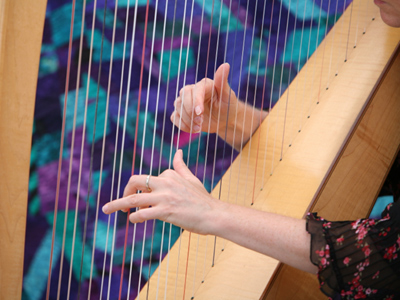
Ten Pieces - The Firebird Suite - Finale
If you have enjoyed the Ten Pieces at BBC Bitesize, you may also enjoy our series of KS2 Music quizzes which complement them. We have a quiz for every featured composer and another for each of the featured pieces. This one is all about Stravinsky's The Firebird Suite Finale.
The Firebird was Stravinsky's first major success. It is a ballet based on a Russian fairy tale and it was first performed in Paris in 1910. At once it became popular with audiences and critics alike and is still loved by listeners and audiences to this day. Its finale to it is a wonderfully colourful orchestral piece of music!
Are you a fan of Igor Stravinsky or of ballet as a whole? If you like both then you are sure to be familiar with The Firebird Suite. Let's find out just how much you already know about it!
Ready for more?
not all...
quizzers. Try to win a coveted spot on our Hall of Fame Page.







